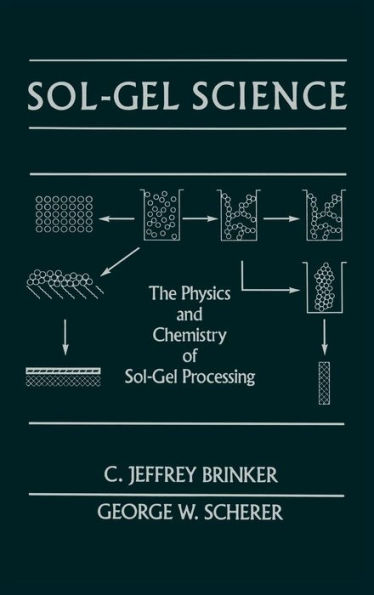5
1
9780121349707



Sol-Gel Science: The Physics and Chemistry of Sol-Gel Processing / Edition 1 available in Hardcover, eBook

Sol-Gel Science: The Physics and Chemistry of Sol-Gel Processing / Edition 1
- ISBN-10:
- 0121349705
- ISBN-13:
- 9780121349707
- Pub. Date:
- 04/28/1990
- Publisher:
- Elsevier Science
- ISBN-10:
- 0121349705
- ISBN-13:
- 9780121349707
- Pub. Date:
- 04/28/1990
- Publisher:
- Elsevier Science

Sol-Gel Science: The Physics and Chemistry of Sol-Gel Processing / Edition 1
$93.95
Current price is , Original price is $93.95. You
93.95
In Stock

Product Details
| ISBN-13: | 9780121349707 |
|---|---|
| Publisher: | Elsevier Science |
| Publication date: | 04/28/1990 |
| Pages: | 924 |
| Product dimensions: | 6.00(w) x 9.00(h) x (d) |
About the Author
From the B&N Reads Blog
